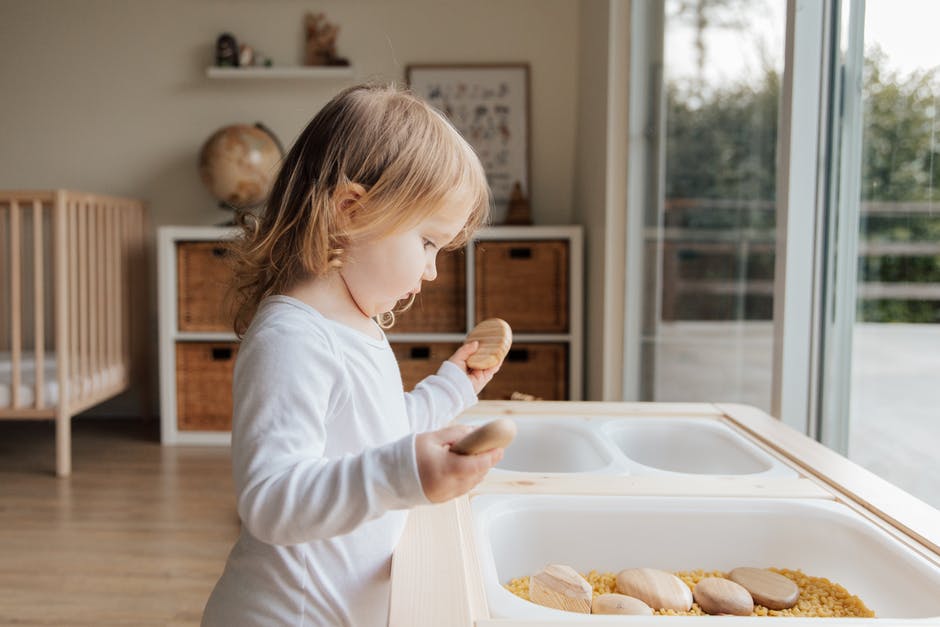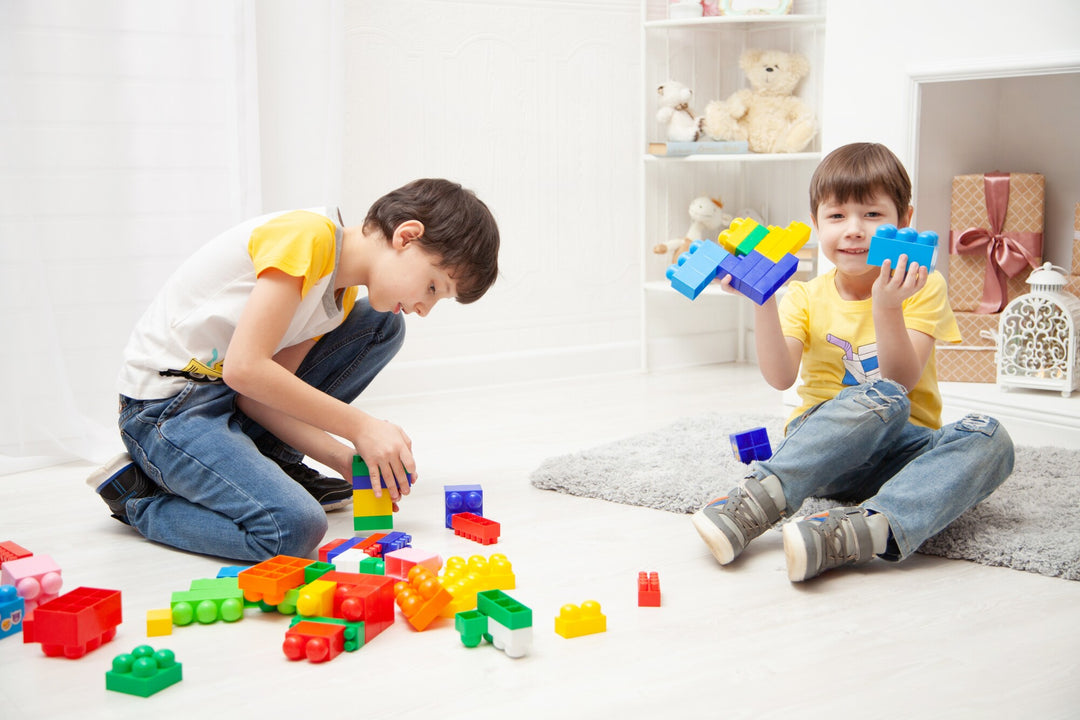Top Sensory-Friendly Travel Tips for Families

Travelling with family members who have sensory sensitivities requires thoughtful planning to ensure a comfortable and enjoyable experience for everyone. By incorporating sensory-friendly travel strategies and tools, families can create a supportive environment that caters to individual needs. Here’s our favourite tips for preparing and embarking on trips with sensory-sensitive individuals, highlighting sensory toys and aids that can enhance the travel experience.
Understanding Sensory Sensitivities
Sensory sensitivities involve heightened or diminished responses to sensory stimuli, such as sounds, lights, textures, or smells. Individuals with sensory processing challenges may find certain environments overwhelming, leading to discomfort or anxiety. Recognising these sensitivities is crucial for planning a trip that accommodates everyone's needs.
Pre-Trip Preparation For Sensory Children
- Research Destinations and Accommodation
- Sensory-Friendly Options: Seek out destinations and accommodation that offer sensory-friendly environments. Some hotels and resorts provide quiet rooms, sensory spaces, or staff trained to assist guests with sensory needs.
- Environmental Factors: Consider factors such as noise levels, lighting, and crowd density when selecting destinations. Opt for places that offer calm and predictable environments.
- Create a Visual Schedule
- Visual Aids: Develop a visual itinerary of the trip, including pictures and simple descriptions of each activity. This helps individuals anticipate and prepare for upcoming events, reducing anxiety associated with unfamiliar routines.
- Involve the Individual: Engage sensory-sensitive family members in the planning process. Allowing them to choose activities or destinations can provide a sense of control and comfort.
-
Pack a Sensory Travel Kit

- Personal Comfort Items: Include familiar items that provide comfort, such as a favourite blanket, stuffed animal, or pillow.
- Sensory Tools: Pack sensory aids like noise-cancelling headphones, fidget toys, or weighted lap pads to help manage sensory input during travel.
- Snacks and Hydration: Bring preferred snacks and drinks to ensure dietary needs are met and to provide comfort during the journey.
Sensory Tips While Travelling
- Manage Sensory Input
- Noise Reduction: Use noise-cancelling headphones or earplugs to minimise overwhelming sounds in airports, planes, or busy areas.
- Visual Comfort: Sunglasses or hats can help reduce sensitivity to bright lights. Consider using a portable sensory lamp to create a calming environment.
- Provide Movement Opportunities
- Movement Breaks: Incorporate regular breaks to allow for physical activity, which can help regulate sensory input and reduce restlessness.
- Portable Sensory Tools: Bring items like stress balls or fidget spinners to provide tactile stimulation during periods of inactivity.
- Establish a Safe Space
- Quiet Areas: Identify quiet zones in airports, hotels, or attractions where individuals can retreat if feeling overwhelmed.
- Portable Comfort Items: Use items like a weighted blanket or sensory pod to create a personal safe space in unfamiliar environments.
Sensory Tips When You’re At the Destination
- Maintain Routine
- Consistent Schedule: Try to keep daily routines similar to those at home, including meal times, sleep schedules, and familiar activities.
- Visual Timers: Use visual timers to help individuals understand the duration of activities, aiding in transitions and reducing anxiety.
- Engage in Sensory-Friendly Activities
- Nature Exploration: Activities like beach walks, hiking, or visiting botanical gardens offer calming sensory experiences.
- Interactive Museums: Some museums offer sensory-friendly hours or exhibits designed for sensory-sensitive visitors.
- Communicate Needs
- Inform Staff: Notify hotel staff, tour guides, or restaurant personnel about specific sensory needs to receive appropriate accommodations.
- Use Communication Tools: For non-verbal individuals, bring communication aids like picture cards or apps to express needs effectively.
Post-Trip Reflections
- Review the Experience
- Discuss What Worked: Identify strategies and tools that were effective in managing sensory sensitivities during the trip.
- Note Challenges: Acknowledge any difficulties encountered and consider adjustments for future travels.
- Celebrate Successes
- Positive Reinforcement: Highlight successful moments and celebrate the achievements of sensory-sensitive family members.
- Encourage Feedback: Allow individuals to share their feelings about the trip, fostering open communication and trust.
Recommended Sensory Toys and Aids
Incorporating sensory tools can significantly enhance the travel experience for sensory-sensitive individuals. Here are some recommended products:

- Weighted Lap Pads: Provide deep pressure stimulation, promoting calmness during travel.
- Noise-Cancelling Headphones: Reduce auditory overload in noisy environments, aiding in focus and relaxation.
- Fidget Toys: Items like stress balls or fidget spinners offer tactile stimulation, helping manage anxiety and restlessness.
- Portable Sensory Lamp: Creates a calming environment with features like pink noise, red LED light, and aroma nebuliser.
- Chewable Aids: For individuals who seek oral sensory input, chewable necklaces or pencil toppers provide a safe option.
Discover how to select the right sensory toy for each age
Pre Planning Helps Make Sensory Sensitive Travel More Manageable
Travelling with sensory-sensitive family members requires thoughtful preparation and the use of appropriate sensory tools to ensure a comfortable and enjoyable experience. By understanding individual sensory needs, planning accordingly, and incorporating sensory-friendly strategies, families can create positive travel experiences that cater to everyone's well-being. For a comprehensive selection of sensory products suitable for travel, we can help here at Sensory Assist, where you'll find tools designed to support diverse sensory needs.














